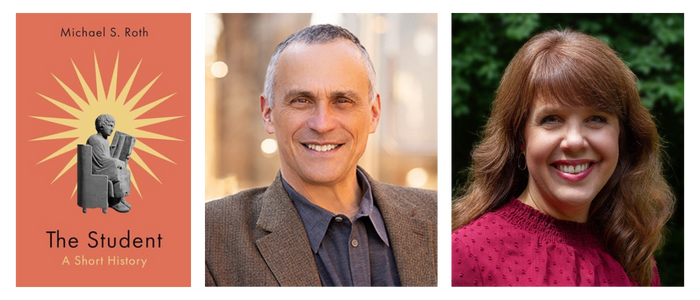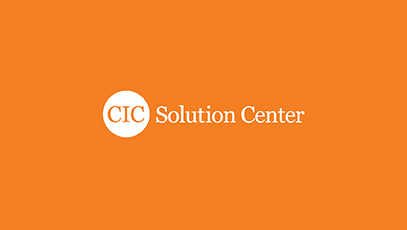
Erin VanLaningham
In this post-pandemic reality, as educators continue to adapt to student needs and societal expectations about the value of a college education, Michael Roth’s new book, The Student may help us get our bearings . Roth provides a roadmap to contextualize the foundational values of American university education and helps us see the evolving priorities for learners and teachers. The premise is that the truest students seek growth and “flourish by discovering and developing their capacities together” (9).
Reflection and the language of flourishing emerge a few times throughout the book, alongside its attention to higher education’s early emphasis on character development. Roth suggests that the academy’s shift to focusing on the transformation of the self as a core educational purpose brings students closer to realizing freedom to discover and develop their capacities. Acknowledging such transformation and the life-long process of being a learner resonates in conversations about vocation with students.
Reading the book feels a little like a highlights tour through intellectual, cultural, and social history—starting with Confucius, Socrates, and Jesus, we move through history via the influence of Rousseau and Emerson, Du Bois and Addams, Freire and Deresiewicz. Unfortunately, the diversity of this list is not particularly representative of the book as a whole, which includes predominantly white male perspectives. That said, Roth does weave in diverse voices (Wheatley, Montás) and acknowledges the barriers within educational institutions historically and in contemporary life. The concluding chapter about learning from others as necessary to become an independent thinker could have used a few more textured examples from the colleges that are struggling to keep the humanities as central pieces of curricula and perhaps even a gesture to the ways students themselves struggle to connect with their peers.
Nevertheless, the book offers an approachable and deft treatment of the ways that students and teachers have been shaped over the centuries, and how we carry such influence forward. Ultimately, Roth hopes that all students become independent enough to find what they love, learn deeply to do it well, and then share the knowledge with others. The arc of such exploration gestures to vocation (though Roth does not name it as that) in supporting students as they consider how to live lives of meaning.

To report a technical problem with the website, or to offer suggestions for navigation and content issues, please contact Alex Stephenson, NetVUE communications coordinator, at astephenson@cic.edu.


